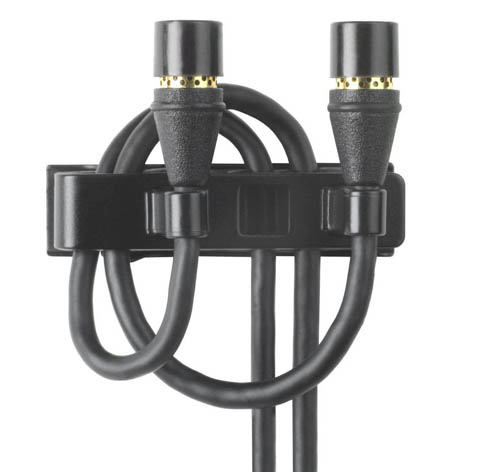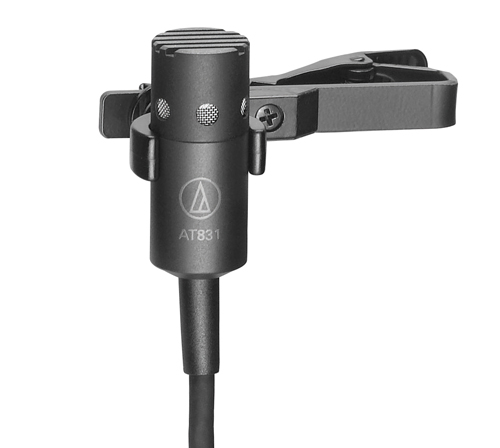Headworn and bodyworn microphones serve many valuable roles in live sound reinforcement.
The two most common are headset/earset and lavalier designs, both allowing performers/presenters to roam freely around the stage/platform, hands free, with impressive sound quality and good gain-before-feedback.
Nearly all are condenser designs; some are wired and some are wireless.
The headset/earset category is defined by light weight and comfort.
Earsets have a mount that wraps around one ear, while headsets further stability by using an adjustable band that wraps around the back of the user’s head that’s attached to mounts that wrap around both ears.
Both types extend a slender boom that places the mic element at the side or in front of the mouth for exceptional gain-before feedback.
The booms are very thin and inconspicuous, with many manufacturers also providing options to match the skin tone of users.
Lavaliers usually clip to the shirt, tie or lapel about 8 inches under the chin of the user, and the smallest models can also be concealed at the hairline (common in theatrical productions). They’re a good choice for users who are uncomfortable wearing a headworn mic – just keep in mind that gain-before-feedback and isolation will both suffer a bit. For critical applications, a dual lavalier approach provides redundancy. Some are supplied with special clips that hold two mics, or it’s available as an option.
A singer/guitarist once told me that he worked on a very small stage with no space for a mic stand. He tried an earset mic, and it sounded natural and provided good isolation from his guitar. But the feel of the mount around his ear was too disturbing for him, so he switched to a lavalier. Although it picked up a fair amount of his guitar, he was satisfied with the sound. Whatever works!
Performance Parameters
Polar pattern is an important consideration, particularly with lavalier mics. Omnidirectional patterns allow greater head movement without the user getting off-mic, and are less susceptible to mechanical and breath noise. Directional (cardioid and supercardioid) patterns have higher gain-before-feedback and pick up less background sound (better isolation). However, note that a directional lav on the chest often has an intermittently colored tone quality, while an omni tends to sound more natural.
All types have a rising high-frequency response, which compensates for the mic being off-axis to the mouth. Since highs radiate straight out of the mouth, but not so much to the side or below, the sound picked up can be dark or muffled unless the mic boosts the highs to compensate. At the same time, that high-end peak can cause high-frequency feedback with floor monitors – something to watch out for.






















